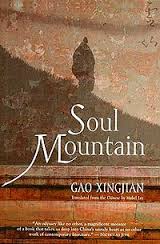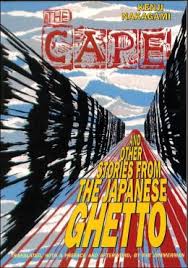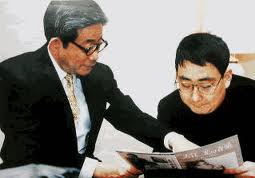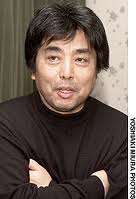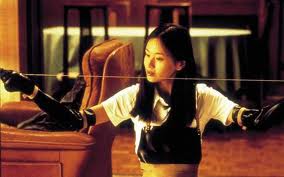I have discussed before the idea of family and family relationships in Oe Kenzaburo’s work (see Aghwee the Sky Monster, for example). His novel, Nip the Buds, Shoot the Kids, takes a different approach to the role of the family in Japanese society. Published in Japan in 1958 when Oe was 23 (it’s his first novel), it tells the story about a group of teenage delinquents who are evacuated into a remote village during the war. In the village they are ill-treated by the villagers, forced to do labour, locked up with no access to water and are fed little.
This group of misplaced children are used to criticise the family system prevalent in Japan, the ie system. In the novel, there’s not a conventional family. Instead there are different representations of family.
The first family is a patriarchal one. One in which the Emperor is at the head and must be treated with respect. You were to protect the Emperor, and if that meant through war and death, then you were to fight and die. The children are joined by a young soldier who deserted his post. This soldier openly criticises the Japanese war effort and in turn criticises the Emperor who during the war was portrayed as a father and a God to the Japanese people. By leaving the army, the soldier protested against this family system. Despite his efforts, the dominant patriarchy catches up with him and he is first tortured by the villagers and then is taken by the army to be executed for failing to support his Emperor.
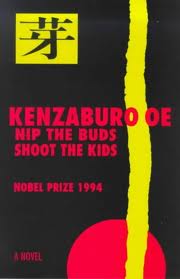
When the plague starts to ravage the village, the villagers leave unexpectedly in the night, blocking the children in. The children create their own utopian world and family. One which hierarchy does not exist. Everyone is equal. Food is shared equally, houses are shared equally, the whole group participates in tasks together. They begin to enjoy life.
This utopia doesn’t last long, and the villagers soon return. The newly created family is abandoned and the children soon start going towards the adults, reestablishing the traditional family system. To the protagonist, this is an act of betrayal by those he considered to be his true family.
There is a more conventional family relationship in the novel. The main relationship, which the book is centred around is between the protagonist and his younger brother. Their relationship is close and they rely on each other for comfort and support. The younger brother clearly looks up to the protagonist. However, the protagonist doesn’t realise the importance of this relationship until his young brother runs away.
It’s the disappearance of the younger brother which is the turning point for the children and the story. Everything appears to be lost for the kids, especially for the protagonist. The liveliness also disappears within the narrative and it becomes more brutal in tone. It’s as if, without these relationships, life cannot exist.
The protagonist has been abandoned by adults, his brother, his friends, society, leaving him with only one option: to leave and seek freedom. Freedom is the dominant message in the novel. The protagonist leaves knowing that survival away from the traditional system is not guaranteed.
The ending is a cliffhanger. Does the protagonist live or does he die? Despite this ambiguity, his escape creates a feeling of hope for the reader.
